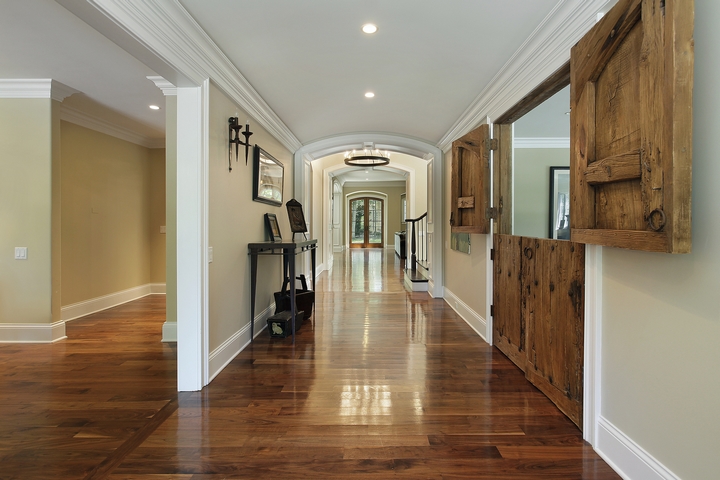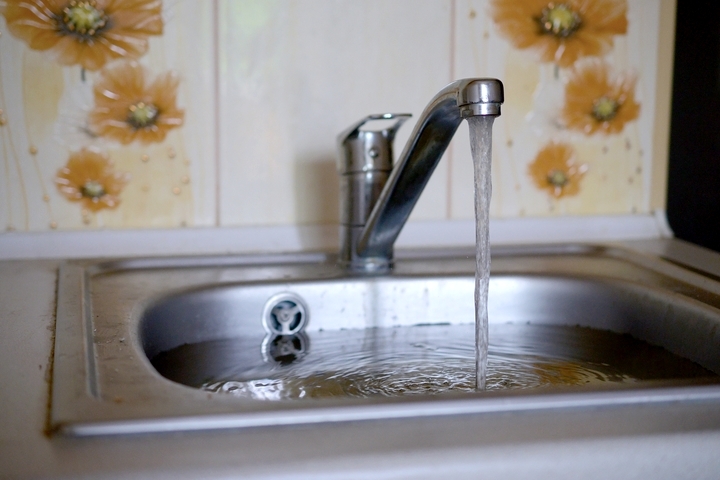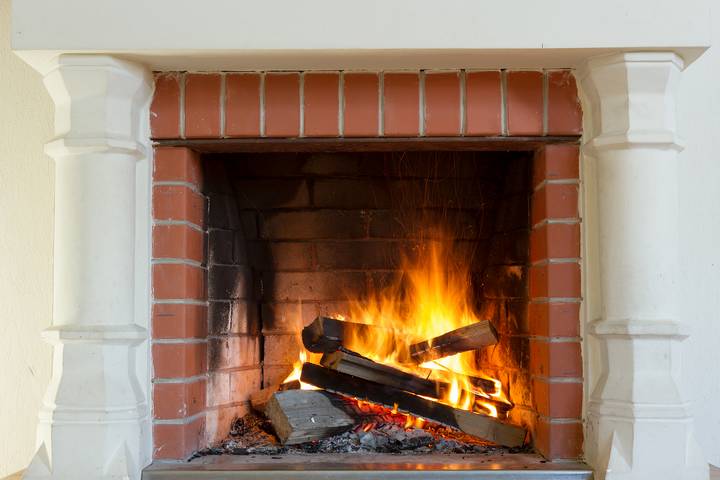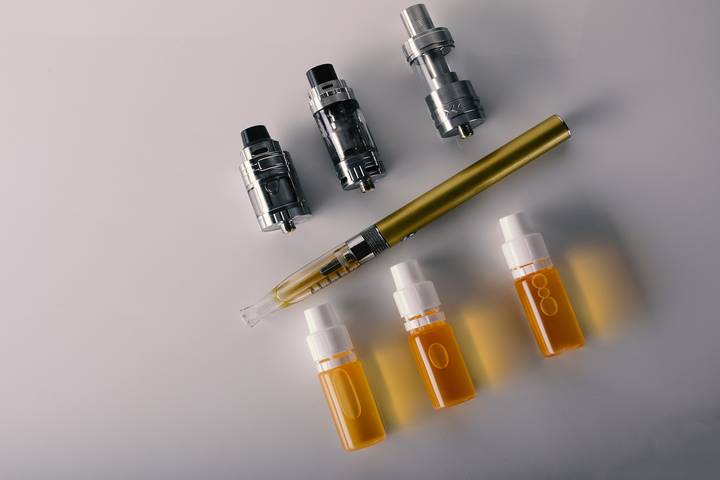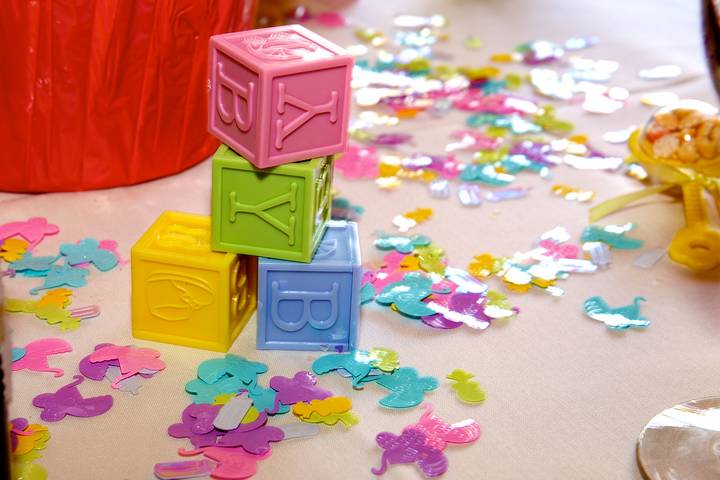Baby, it’s cold outside. Or is it cold inside?
Well, whatever the case, you need to adjust in your indoor temperatures, adapting to our child’s needs. Otherwise, be ready for a night of fussy babies, which means no sleep for you – again. Yes, this is additional evidence to support your theory that you will never sleep again.
Are you wondering about the ideal room temperature for your baby? If you are looking for the most appropriate temperature settings for your child, then we have you covered. Here is a guide to help you set the ideal temperatures:
1. Ideal Room Temperature in Spring

In general, physicians who look after babies suggest that the baby’s room temperature can be maintained between 68 to 72 degrees Fahrenheit. The ideal room temperature for baby should be 20 to 22 degrees Celsius.
2. Ideal Room Temperature in Summer

Most parents usually feel the baby’s feet or hands to gauge the infants’ body temperature but feeling these anatomic body parts can be misleading. The best way to gauge the baby’s body temperature is to place the hands on the stomach or the forehead.
In addition, if the baby is too hot, it will appear flushed, have beads of sweat, may develop a rash, the hair may be damp, and it may be breathing a little too fast. Ideally speaking, if you live in areas where it tends to get too hot, it is best to keep the temperature between 16 to 20 degrees. Make sure you have an air conditioner installed in the room, but don’t put it too near where the baby is sleeping.
3. Ideal Room Temperature in Autumn

In the fall, the ideal temperature for a baby’s room is also between 20 to 22 degrees Celsius. However, if you feel that the nights are too cold, you can take it up to 23 degrees and provide some added warmth so your son or daughter is comfortable.
4. Ideal Room Temperature in Winter

If the baby is cold, it may appear pale, irritable, crying, and shivering, which are all terrifying thoughts for your average mother or father.
If the weather is cold, avoid bundling the baby in layers of heavy blankets. Remember, babies need to breathe and they cannot do this if they are bundled in a dozen different layers.
In this case, put on one decent jacket, cover the hands with mittens and keep the head warm with a winter hat. In addition, offer the baby a hearty soup when the weather is cold. You can keep the room temperature between 22 to 24 degrees Celsius if the weather is too cold.
5. Monitoring Room Temperature

Infants have no way to tell if they are too cold or hot and the onus is on the parent or caregiver to ensure that babies are comfortable. Unfortunately, many parents have very little idea of what is a comfortable temperature for the infant; they either dress the infant very scantily during winter or bundle the baby with numerous blankets during summer.
This not only leads to a fussy baby, but it can prove to be a health hazard. All parents should have some idea of the recommended room temperatures so that the infant is safe, comfortable, and thrives when he or she is sleeping. For the most part, the best solution is to monitor the temperature is to have a thermostat installed in the room.
There are many types of portable thermostats available which can help you track the temperature in the room. This way you will know when to add or remove the blanket. If you do not have a thermostat in the room, then go by the comfort of your room. If you are comfortable, then this is also comfortable for the baby. However, some small or thin babies may need an extra layer of clothes or a blanket to keep them warm since they do not have the extra fat in their skin for insulation.
6. Health Risks from Room Temperature
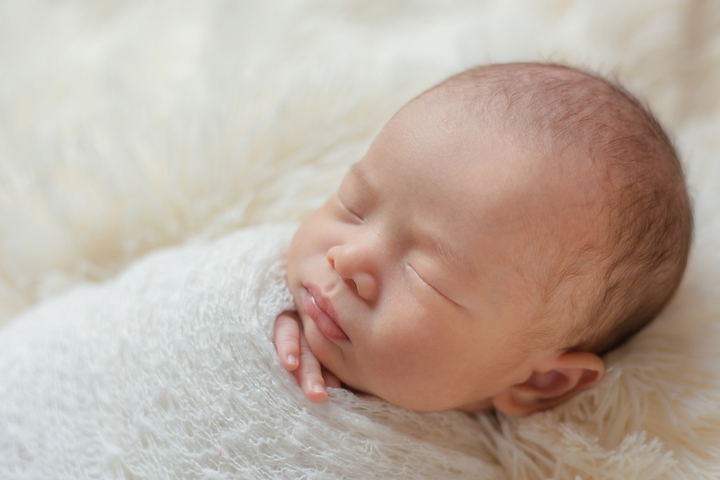
While a cold nursey can make your three-month-old baby fussy, an overheated room can just be dangerous for your child. Consider what Very Well Family writes:
“SIDS is a terrifying and confusing concept to most parents. While there a number of factors associated with the syndrome, SIDS are largely associated with overheating since higher temperatures make it make difficult for a baby to wake up to external stimuli.
Broadly speaking, SIDS is caused when a baby is unable to wake when something goes wrong physiologically. Instead of crying out in distress, the overheated child will more likely remain silent. By the time the parents arrive to rouse the baby, the problem may have already progressed irreparably.”
7. General Room Temperature

How terrifying is this just to read? That’s an easy question to answer: very! Generally, a temperature between 20 and 22 degrees Celsius should work throughout the year, but in case you live in an extremely cold or extremely hot home, you can adjust the temperature according to the needs of the baby, not you!
